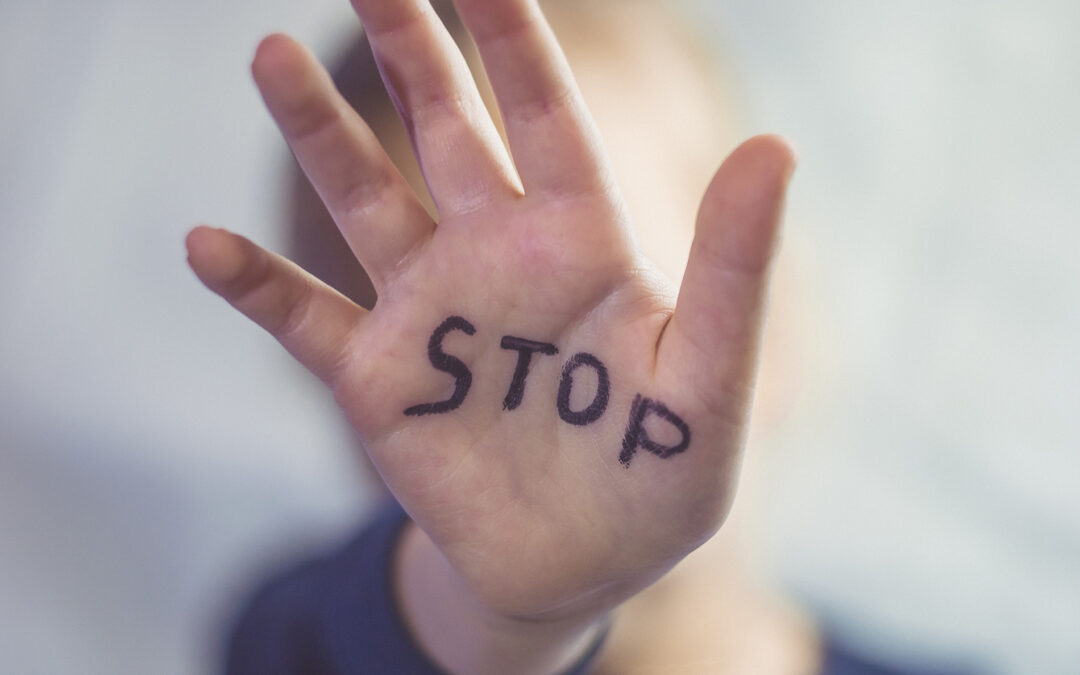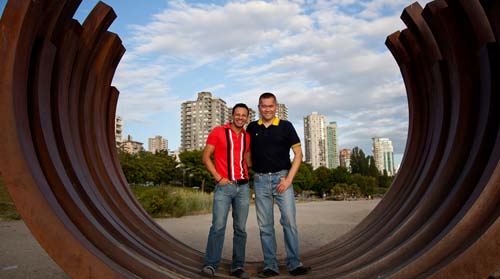Magazine, The Immigrant Experience
1 out of every 2 people in California – including children – have been exposed to domestic violence, according to new research by the Blue Shield Foundation of California. Nationally, 1 in 4 women and 1 in 7 men will experience physical violence by their intimate partner at some point during their lifetimes, according to CDC data.
Domestic violence can take many forms. Technology abuse – stalking, harassing someone by text, using apps to track their whereabouts – and coercive control are two forms of violence that often go unreported.
A briefing hosted by Ethnic Media Services (EMS) focused on DV via technology, coercive control policy at the California state level, and policy changes emerging from the Biden administration, including the expansion of the Violence Against Women Act and the White House plan. It also addressed whether immigrants are more vulnerable to abuse because they lack the resources and support for help.
Jenna Lane, Communications Officer, Blue Shield Foundation of California, shared that even though it is difficult to know the true prevalence of domestic violence, especially in different ethnic groups, it is clear that racism, gender inequities, and economic inequities make it difficult for many Californians to access the resources they need to recover and heal from domestic violence. She pointed out that she is very closely affected by domestic violence meaning that we all are close either as victims or know someone affected by domestic violence.
There is a wide range of factors surrounding domestic violence including cultural, emotional, financial, technological, sexual, legal, medical, and social and so ending domestic violence will include more than just helping families in crisis. We must break the cycle and go beyond the crisis to help families heal. 70% of people who cause harm have experienced it themselves while many survivors who want to leave abusive situations need to have an income, housing, etc which is how we can prevent future domestic violence from occurring. Movies have also portrayed domestic violence in a positive or negative way and so we must create content that is empowering. The first-ever National Action Plan has been enacted by the White House and we hope to see it implemented in California. https://www.whitehouse.gov/briefing-room/statements-releases/2022/03/16/fact-sheet-reauthorization-of-the-violence-against-women-act-vawa/
Pallavi Dhawan, Director of Domestic Violence Policy for the Los Angeles City Attorney’s Office, discussed perceived control in domestic violence. “We often think of domestic violence as physical which is not always the case, it can be a pattern of behavior used to gain control over a person. It is an unequal power dynamic which can occur between men and women or same-sex relationships”. Typically the person with less power is the victim and this affects mostly women and immigrants. It is higher among women of color and immigrant women and includes power exerted over another person’s autonomy, isolation, and financial control, etc. Usually, distrust of the system prevents the victims from seeking help, and sometimes culture and fear of repercussion, racism, and distrust of the system could impede someone’s desire to seek help. Unfortunately, there is not great data to get a real sense of instances of domestic violence.
To see the history of the development of the Power and Control Wheel visit: http://www.ncdsv.org/publications_wheel.html
Erica Olsen, Director of the Safety Net program at the National Network to End Domestic Violence explained that many abusers have used technology to abuse by harassing through text, calls, monitoring, tracking location, hijacking financial and social accounts, distributing disturbing images, etc about the victim. As technology evolves the tactics get worse to harass, isolate and cause fear. Technology can also be a very powerful tool however for survivors who can use it in a safe and meaningful way. Empowered and safe use needs to be advocated for. It can be used to improve access to services, decrease isolation and increase safety and privacy. Research shows that harassment, limiting access to technology, and surveillance are the most used forms of domestic violence techniques. Phones, social media, etc are the most used tools for installing hidden apps on the partner’s device without their knowledge or hidden cameras for control. It is important to work holistically to help survivors by not only paying attention to abuse. Women of color are twice the victims and financial struggles can impair the ability to replace technology which furthers isolation and abuse. Immigrant women and LGBTQ communities are also victims. The good news is that the White House task force by President Biden’s Administration is addressing these issues by increasing access to technology for survivors and creating and enhancing programs for equity as recommended by the task force. Non-consensual image sharing gives survivors the ability to recover financially and otherwise. If you have been affected by technology abuse There are resources to help. https://www.womenslaw.org/ breaks down state-by-state laws that impact survivors and address abuse. They also created a Survivor’s Guide to Location Tracking: https://www.techsafety.org/location-tracking
People often get a sense that stalking and/or tech abuse is happening because the abusive person just knows too much. They show up in places, they know conversations the survivor had, and things they searched for online. If someone is concerned about an ex of theirs sharing images of them, they can visit https://stopncii.org/ or CCRI.org for resources.
The Survivor Technology Safety and Privacy Toolkit has many resources for survivors – https://www.techsafety.org/resources-survivors
In terms of protecting themselves, there is the survivor toolkit to help survivors know how to increase their privacy and security, however, they can’t control the abuser’s actions.
Deborah Tucker, President of the Board of Directors at the National Center on Domestic and Sexual Violence shed light on a national policy that has been involved in domestic and sexual violence activism since her college years. A lot more needs to be done that cuts across men, women, and all cultures. What causes people not to use violence is a question that needs to be asked. How does one’s upbringing or culture impact how we respond or react to one another? She said there was hope that these would get to a place where we are preventing and not responding to domestic violence incidents and working on a policy at the national and federal levels will be very useful. “We have to get better at talking to people involved and looking into the past and upbringing. Why would someone who experienced violence in their childhood react differently from someone with similar experiences who becomes an abuser”?
“The limitations of shelter services have led to many changes in law and partnerships with other community groups to offer longer supportive services when needed. We were very surprised in Austin to see that most sheltered, women and children and sometimes men were able to make new arrangements for where to live within a much shorter time frame than we expected. We also found spending time discussing how to return home with greater safety should be a big part of what we discuss with families as many do return.” How can we help make that return different from before and challenge the PUV (Person Using Violence) to change his beliefs and behaviors?
National Domestic Violence Hotline, 1-800-799-SAFE (7233) is a 24/7 resource for emergency assistance, connecting thousands to local support and safety.
Check on that page: National Intimate Partner and Sexual Violence Survey (NISVS) – See the collection of NISVS study results, related materials interpreting the study, and practical guidance in using the information.










